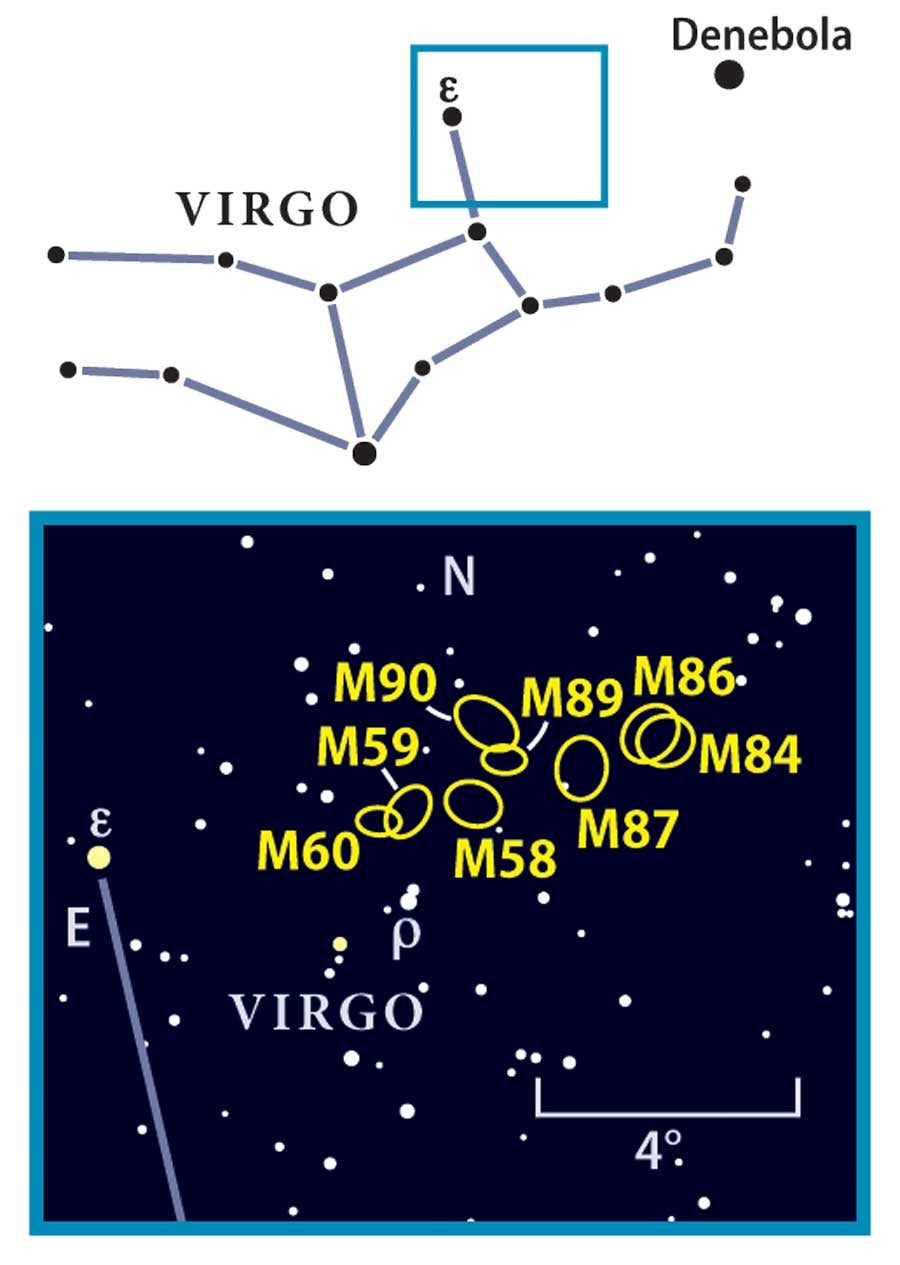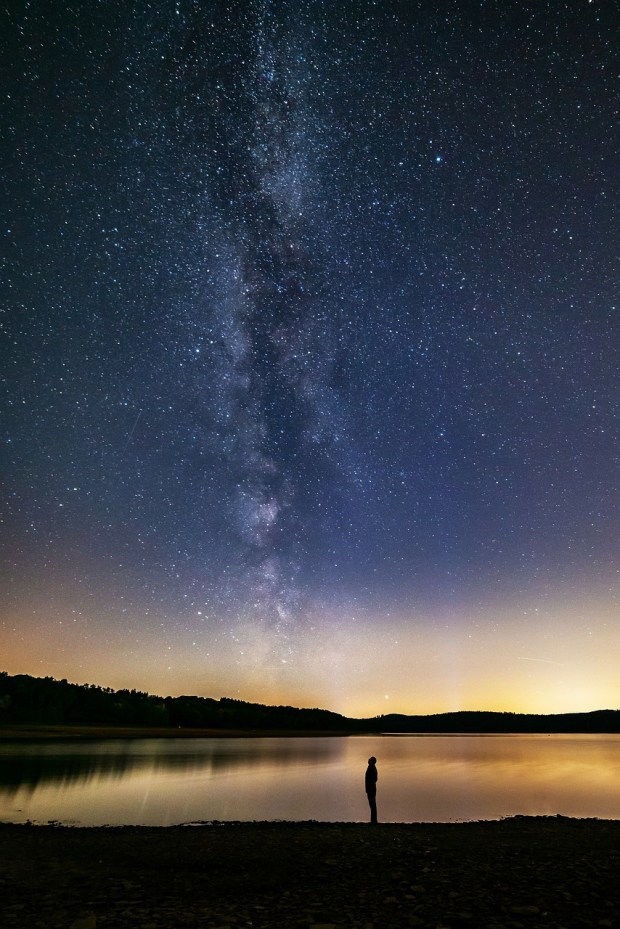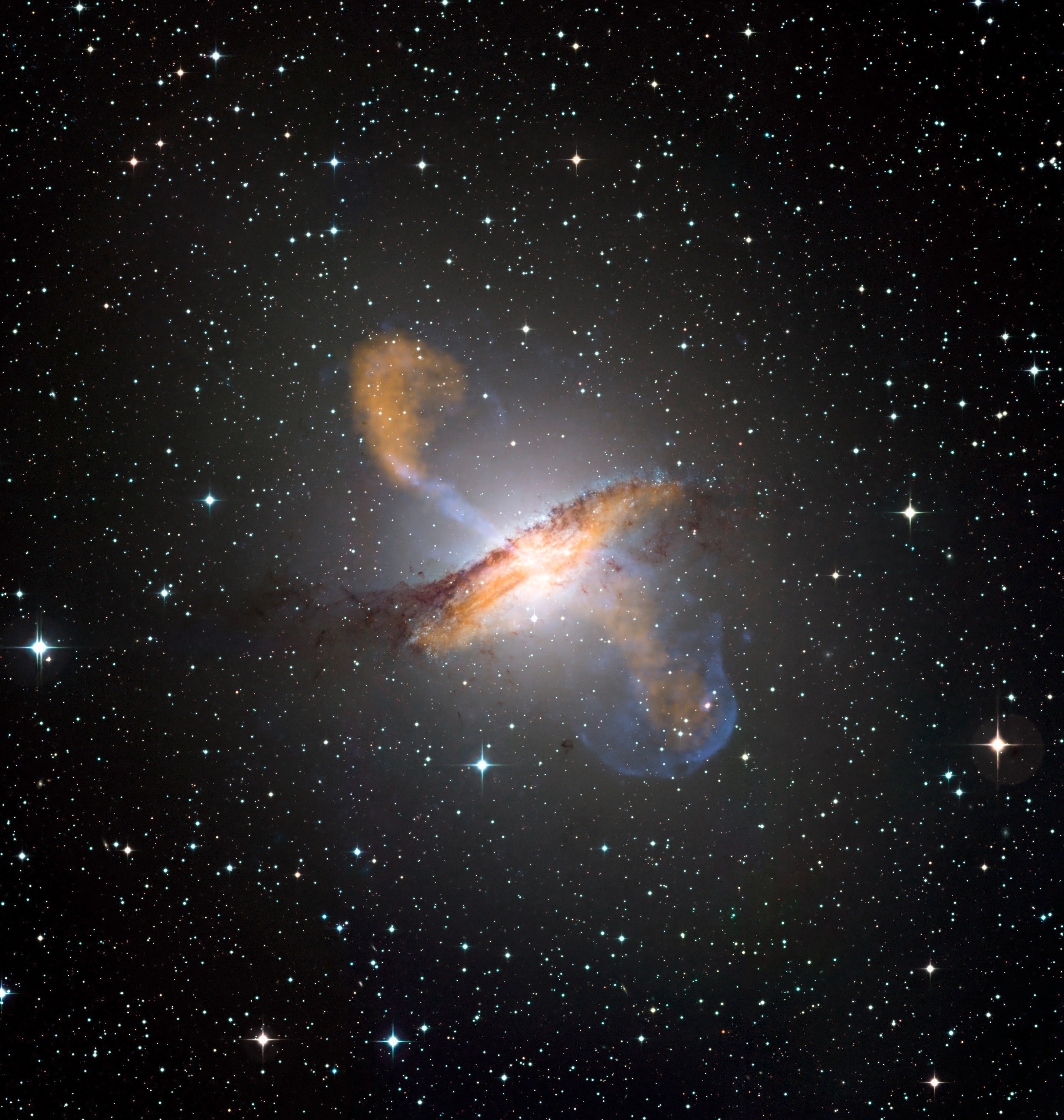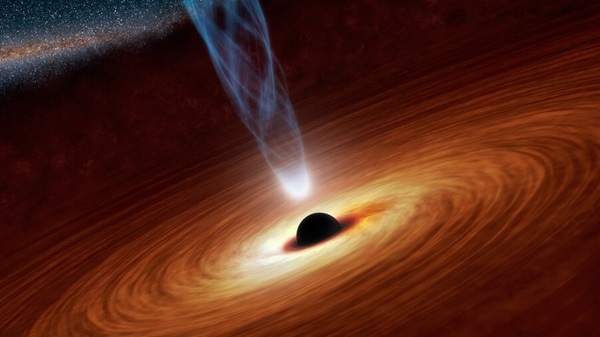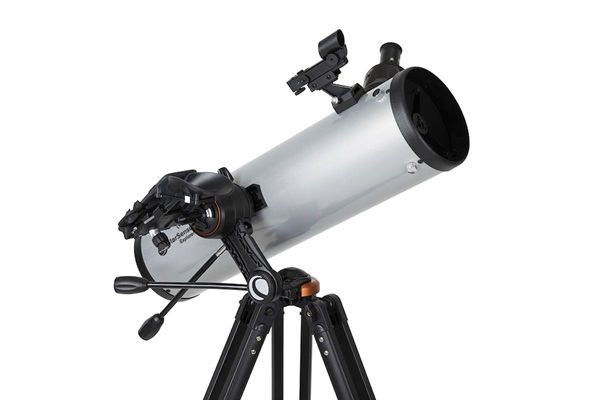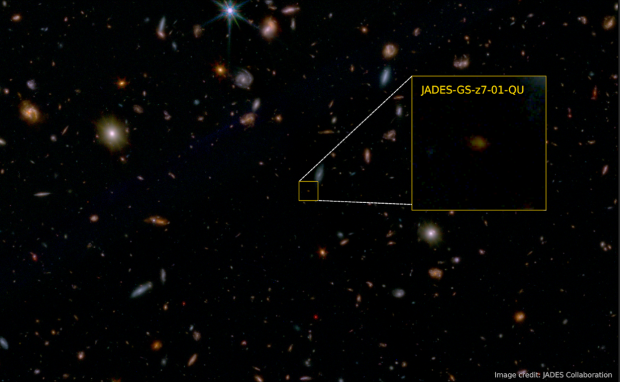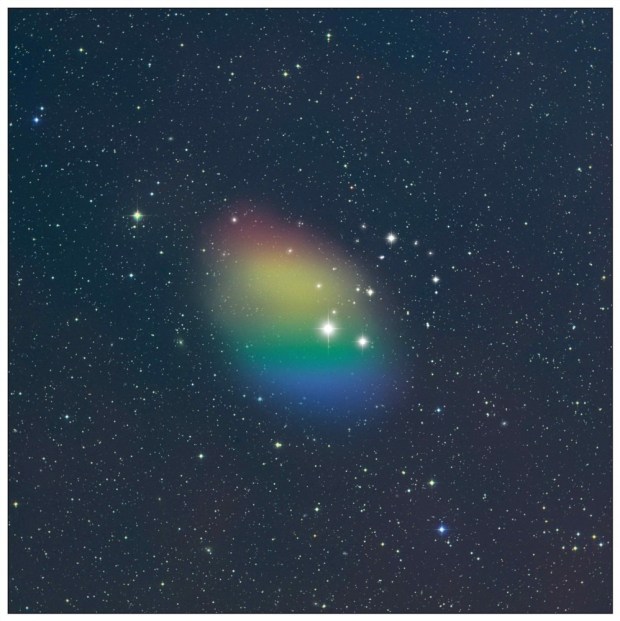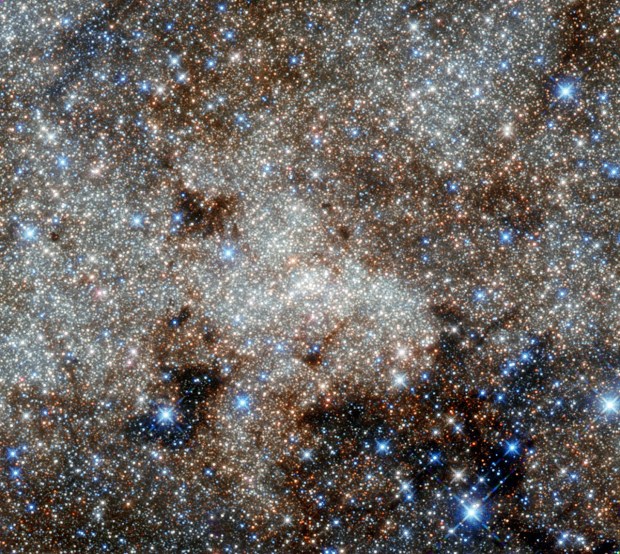If you’re a small-scope user, you’ll have an advantage over the folks who ply the skies with cannon-sized Dobs. Small-aperture telescopes will capture only the brightest members of the Virgo cluster, greatly reducing the confusion. To further simplify things, we’ll limit our galaxy cluster excursion to the northern part of Virgo the Maiden and the eight Messier galaxies found here.
Our departure point is the magnitude 4.9 star Rho (ρ) Virginis. While some opt to launch from Vindemiatrix (Epsilon [ε] Virginis) and move westward, I prefer a northerly path from Rho. A trio of stars surrounding Rho forms a northwest-pointing arrowhead ⅔° across that makes field orientation and size easy to determine. This is a big plus because I’ll refer to directions and angular distances in degrees during our star-hop.
The chart on this page will serve as a guide. If you use a refractor or catadioptric scope with a star diagonal, make a reverse tracing of the chart to match the mirror image these instruments produce. As with any star-hop, start with an eyepiece that yields at least a 1° field, preferably 2°.
After centering Rho in the eyepiece field, move about 1½° north. You should come across a pair of nebulous spots ½° apart. These are the elliptical galaxies M59 and M60. M59 is the more westerly of the pair — the one that exits first when you keep your scope still and allow them to drift out of the eyepiece field. Trace a line from M60 through M59 and extend it about twice that distance, and you’ll come to the barred spiral M58.
By following a trail of stars less than a degree northwest of M58, you’ll arrive at the 10th-magnitude elliptical galaxy M89. An almost equal push north and slightly east of M89 brings you to the spiral M90 — also around 10th magnitude. Return to M89 and move a little more than a degree westward. What looks like a defocused 9th-magnitude star is the giant elliptical galaxy M87.
While unimpressive to the eye, M87 is a true monster. The dominant member of the Virgo cluster, it contains the mass of 2 to 3 trillion Suns. In the heart of the beast is a 6- to 7-billion-solar-mass black hole that belches a plasma jet thousands of light-years into space. M87 is anything but unimpressive!
The final leg of our journey takes us on a 1½° hop (more of a jump) to our last two Messier galaxies. From M87, move west and slightly north until you encounter two smudges separated by ⅓°. These are the 9th-magnitude elliptical galaxies M84 and M86. They are the brightest members of a remarkable 1½°-long arc of galaxies known as Markarian’s Chain, named after the Armenian astrophysicist Beniamin Markarian, who discovered their common motion in the early 1960s. Most of the remaining galaxies in the chain are too faint for small-aperture scopes under typical suburban skies. Ask your friend with the cannon-sized Dob to show you the others.
While alternating glances between eyepiece and chart, you may get lost. Don’t despair. Just return to Rho and begin anew. Each successive journey will proceed more smoothly as you gain familiarity with the path.
The Virgo galaxy cluster is one of two sky regions I find most challenging to navigate — the other being the tangle of star clusters and nebulae in the Scutum/Sagittarius portion of the Milky Way. We’ll tackle this maze of deep-sky treasures in September when it lies above the southern horizon after sunset.
Questions, comments, or suggestions? Email me at gchaple@hotmail.com. Next month: UFOs. Clear skies!


